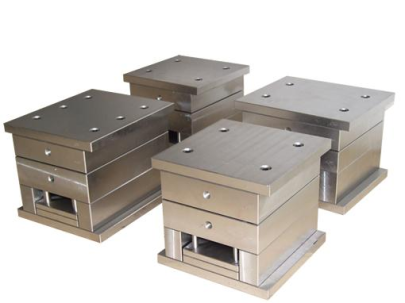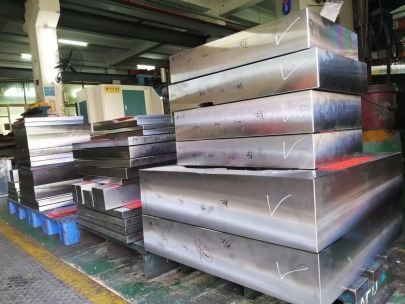Introduction to Base Molding
Base molding, also known as baseboard or base trim, is a decorative feature that serves both aesthetic and functional purposes in a home. It is installed at the junction of the floor and walls to enhance the overall look of a room. With the advent of new materials, flexible base molding has become a popular choice among homeowners looking for both style and functionality.
Why Choose Flexible Base Molding?
Flexible base molding offers several advantages over traditional rigid molding. Here are some key reasons to consider it:
- Versatility: Flexible base molding can bend around curved walls and contours, making it ideal for unique architectural designs.
- Ease of Installation: It is typically lighter and easier to handle, reducing installation time.
- Durability: Made from resilient materials, it can withstand impacts and is resistant to moisture.
- Cost-Effective: In the long run, it can save money on repairs and replacements due to its durability.
Choosing the Right Material
Flexible base moldings come in various materials. Here’s a comparison of some of the most popular options:
| Material | Durability | Cost | Installation Difficulty |
|---|---|---|---|
| Polyurethane | High | Moderate | Easy |
| Vinyl | Moderate | Low | Easy |
| Wood Composite | High | High | Moderate |
| Flexible PVC | High | Moderate | Easy |
Measuring Your Space for Installation
Before purchasing flexible base molding, accurate measurement is critical. Here’s a step-by-step guide:
- Use a measuring tape to measure the length of each wall where the molding will be installed.
- Note any curves or irregularities along the walls.
- Calculate the total footage needed, adding 10% for waste and mistakes.
- Record measurements to assist in purchasing the correct amount of material.
Installation Tips and Techniques
Proper installation is crucial for a polished look. Here are some tips:
- Prep Your Walls: Ensure walls are clean and free from dust or debris.
- Tools Required: Gather tools including a miter saw, nail gun, or adhesive, level, and measuring tape.
- Start from the Corners: Begin installing from one corner of the room, making sure to secure each piece firmly.
- Use Caulk: Fill in any gaps with caulk after installation for a seamless finish.
Styling Your Space with Base Molding
Flexible base molding can dramatically enhance the style of your space. Here are some creative ideas:
- Match the Molding to Your Interior: Choose colors and styles that complement your existing decor.
- Use Molding to Define Spaces: In open concept homes, moldings can delineate different areas effectively.
- Combine Molding Styles: Mixing traditional and modern styles can create a unique, custom look.
Maintenance and Care
To ensure the longevity of your flexible base molding, follow these care tips:
- Regular Cleaning: Wipe down with a damp cloth to remove dust and dirt.
- Avoid Harsh Chemicals: Use gentle cleaners to prevent damage to the finish.
- Inspect for Damage: Periodically check for cracks or wear and address issues immediately.
Conclusion
Flexible base molding is a stylish and practical addition to any home. Its versatility, ease of installation, and durability make it an excellent choice for homeowners looking to elevate their interiors. By following the tips and guidelines outlined in this article, you can transform your space effectively and beautifully. Invest in quality materials, measure accurately, and install with care to achieve the best results.
Frequently Asked Questions (FAQ)
1. Can I install flexible base molding myself?
Yes, with the right tools and guidance, DIY installation is possible and can save you money on labor costs.
2. Is flexible base molding more expensive than traditional options?
Not necessarily. While some materials may have a higher initial cost, the durability and low maintenance of flexible moldings can lead to savings in the long run.
3. How do I choose the right color for my base molding?
Consider the existing color palette in your space and choose a hue that complements or contrasts harmoniously. Remember, white or neutral tones are versatile and classic options.
4. Can flexible base molding be painted?
Yes, flexible molding, especially those made of polyurethane or PVC, can be painted easily to match your decor.
5. What should I do if my base molding gets damaged?
If damaged, small cracks can often be filled with caulk, while more significant damage might require replacement of the affected section.



